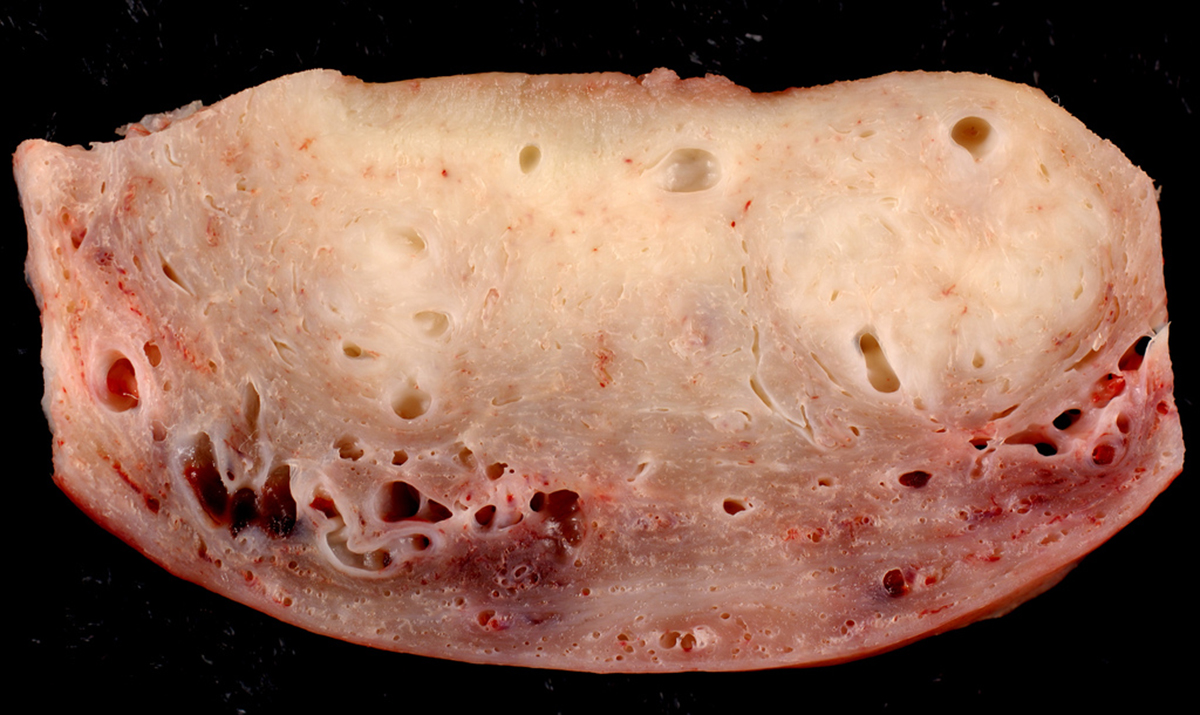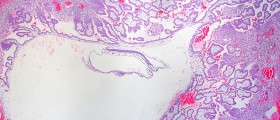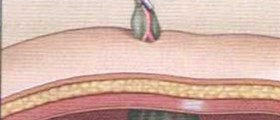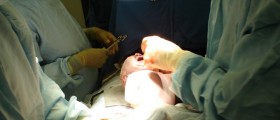
Hysterectomy
There are three types of this procedure that involves the removal of the uterus. They are total hysterectomy with bilateral salpingo-oophorectomy, total hysterectomy and subtotal hysterectomy. In the first one the ovaries, fallopian tubes, cervix and uterus are removed. The total hysterectomy involves the removal of the cervix and uterus, while the subtotal involves the removal of uterus only. There are several reasons for performing this procedure, and some of them are pelvic inflammatory disease (which causes pelvic pain), painful or heavy periods, endometriosis (condition involving the outside growth of the uterus cells, which usually grow inwards), uterus prolapse (problem of the uterus falling through the vagina), endometrium, ovarian, cervical, and fallopian cancer.
The Recovery Process
The abdominal and vaginal hysterectomy are two ways of performing this surgery and the recovery depends on the type performed. The recovery will be faster and the complications will be less possible if the vaginal is preformed, but the abdominal type is sometimes the only solution. There are many other factors that contribute to the time needed for the recovery, and they include general health, operation reasons, age and many others. Pain and discomfort are possibilities after the surgery, and for this problem, painkillers or analgesics are given. The urine passage will be connected with the tube for no less than 24 hours after the surgery. Also, bed rest is needed for the first several days. But after some time, walking is needed since it prevents the occurrence of blood clots. Abdominal hysterectomy involves 5-7 days of recovery, while vaginal involves the recovery from 3-4 days. The time needed for full recovery is from 6 to 8 weeks. The common problem after the surgery is light spotting, but in some cases this problem may be persistent, although it goes away after some time in most cases. The doctor must be visited if bleeding isn't stopping. The discharge from the vagina may also occur. It is bright or dark, but during the first several days it is brownish red. Menopausal problems, like confusion, sweating, anxiety and others may be experienced in the first 3 to 4 days after the surgery, and these problems may range from mild to severe. Hormonal replacement therapy or some tablets can eliminate this problem. Some say that sexual drive will be impaired after the surgery, but this is not confirmed. There may be some dryness of the vaginal area, but this can be fixed with the use of lubricants. Remember that sexual activities should not be done in the initial six weeks after the surgery. Some psychological problems, like the sense of a loss may be experienced, especially if the patient has no children. Talking with doctor may help with these problems. In order to avoid complications after the surgery, restrain from any strenuous activities, such household work or lifting heavy objects. But, some activities, like exercising, are needed for the recovery to be successful. Doctors will give you exercises that need to be done. Also, remember to rest and see if you can find someone to help you with preparation of meals, since you need to rest during the recovery time.

















Your thoughts on this
Loading...